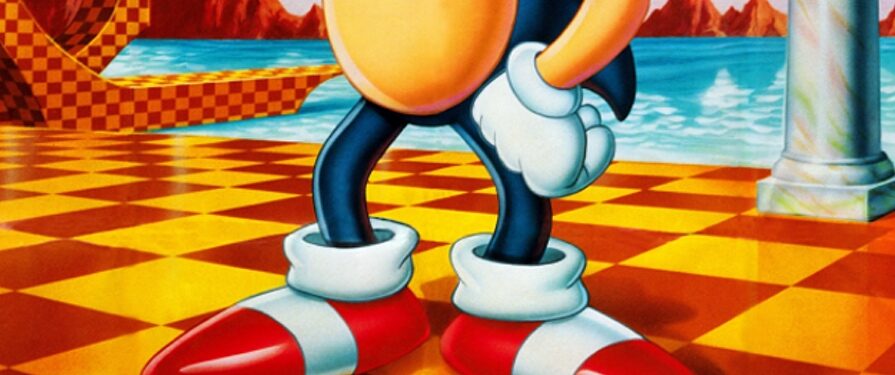Sonic’s differing US and Japanese design throughout the 1990s is well-documented, but Yasushi Yamaguchi appears to have inadvertently added a new piece of trivia into the history books. The original designer of Miles ‘Tails’ Prower recently revealed that, of all the issues SEGA Japan had with SEGA America’s take on the company’s mascot design, one of the most persistent was over Sonic’s little American crooked legs.
The strange factoid came as Yamaguchi was answering a question related to the recent discovery of an early Tails look and colour design. The creative expressed confusion that so much media had been created with Tails’ design being based around that super-brown sprite, as he noted that he quickly discarded the colour palette after being unsatisfied with the results.
But after being shown photos of SEGA America marketing vehicles and materials featuring a brown Tails based on the old design, Yamauguchi decided to let it be known that SEGA Japan was often annoyed that the US office would ignore the Sonic Team’s design notes.

I have no knowledge of the [above] pictures or figures in the photos. At the time, Sega of America ignored the opinions of the development staff. They did not listen to our requests for the number of fingers on Sonic in the package art, or our request to fix his legs to be straight.
SEGA of America’s maverick approach to marketing and game development in the 1990s is well-documented – and it’s no secret that during the 16-bit console gaming era, the US and Japanese SEGA offices often did not see eye to eye, with the former often ignoring style, design and product guidelines from the latter headquarters.

Sonic the Hedgehog was regularly in the crossfire, with package art and various multi-media projects featuring artwork that differed from the original Japanese design. Most infamously, an entirely new backstory to Sonic’s origin was created by SEGA of America, seemingly without the knowledge of Sonic Team or SEGA Japan at the time. This had been made apparent in recent years with former Sonic Team alumni such as Yuji Naka expressing confusion at hearing stories about ‘Dr Ovi Kintobor’ at the Summer of Sonic convention.
Yamaguchi later added that SEGA Japan actually did not have the adequate resources to fully manage the company’s characters until after the release of Sonic CD, which might explain why there was suddenly a lot more cohesion between the East and West markets after in the late 16-bit era.
Despite all this hubbub in the 90s, it turned out that, according to the SatAM Historian, Sonic co-creator Naoto Oshima was apparently a big fan of the bow-legged American rendition of the hero! So, swings and roundabouts, I guess.

